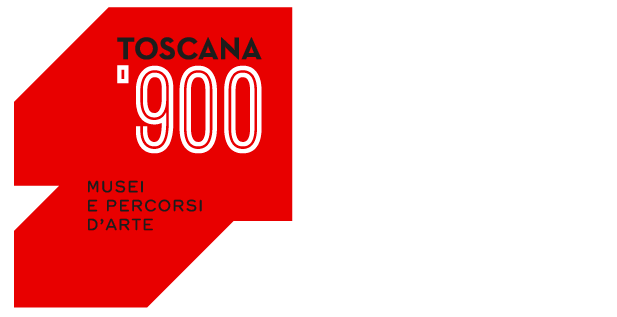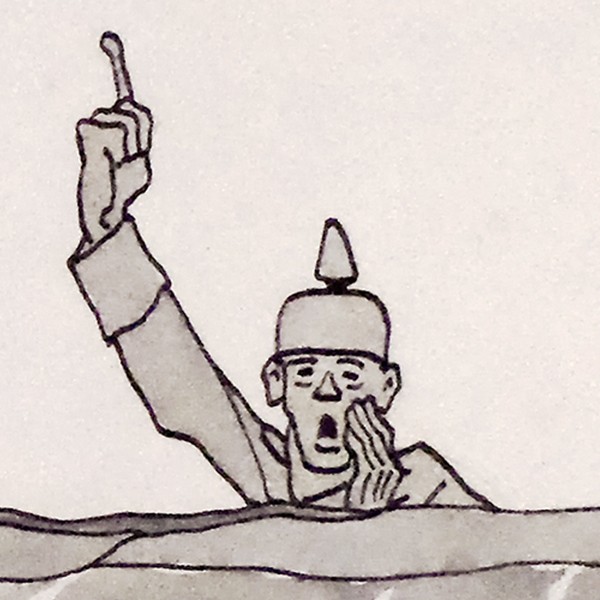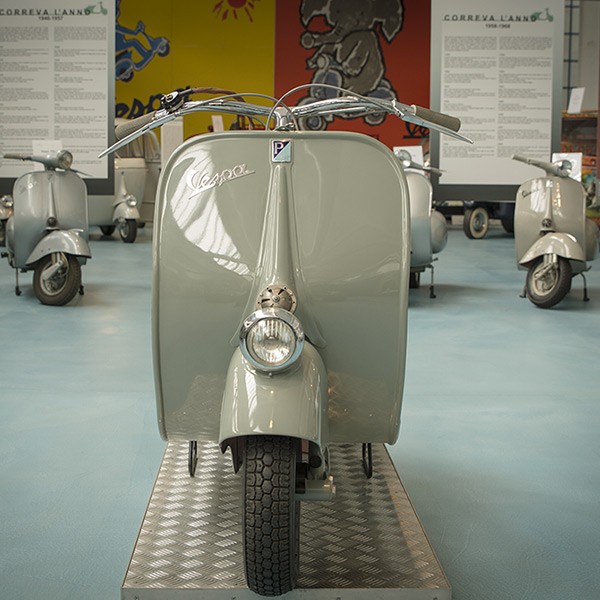The art of black and white was widespread in Tuscany from the beginning of the 20th century and was related to the growth in Florence of what became the season of magazines. The pages of “Leonardo”, “Lacerba”, “Solaria” and “Frontespizio” made wide use of drawings and engravings, conceived in direct connection with the text and separately. The illustration sector reflects a change which, during the 20th century, saw the drawing become a separate genre. Although it kept its function of project design to prepare for the finished work, it was to become the place given over to research. It aimed not so much to define the image as to sound out new ways of expression with varied and rather unexpected results.
This change was to have an even greater effect on engraving which could count on greater technical skills and on total perfection, so that it became the alternative language to painting during the 20th century. The Tuscan museums, commencing from those in the chief town of the region, show ample evidence of this intense evolution. Although not usually accessible to the general public, we cannot forget the presence in Florence of important collections of twentieth century graphics at the Gabinetto Disegni e Stampe in the Uffizi Gallery (which has also been entrusted with the care of the collections of the modern art gallery in Palazzo Pitti), at the Accademia di Belle Arti or the Maggio Musicale Fiorentino, specifically for the theatre sector.
It is, however, the province of Pisa in particular, which began in the second half of the century to develop a precise vocation towards the sector of black and white which established it as a themed itinerary. This vocation was stimulated on the one hand by the presence of the Gabinetto Disegno e Stampe of the University of Pisa, the first Italian collection dedicated to 20th century graphics, founded by Carlo Ludovico Ragghianti in 1957 and today merged with the Museo della Grafica in Palazzo di Lanfranchi and on the other, by the success obtained after the war by an engraver artist, Giuseppe Viviani, a worthy citizen of Pisa.
A considerable nucleus of his works is today housed, but not displayed, at Palazzo Blu. Belonging to the same context is the more recent collection of engravings and lithographs, donated by Vito Merlini to the Municipality of Peccioli. They belong mainly to the period after the Second World War, when artists were extremely fascinated by the use of these techniques. Our itinerary also stops off at the Carlo Pepi di Crespina collection, the Museum Giorgio Kienerk di Fauglia and the Piaggio Archives in Pontedera (in this case for industrial drawings), and, although in the province of Lucca, at the Museum of Satire and Caricature in Forte dei Marmi, which is a national benchmark for the study of illustration.


